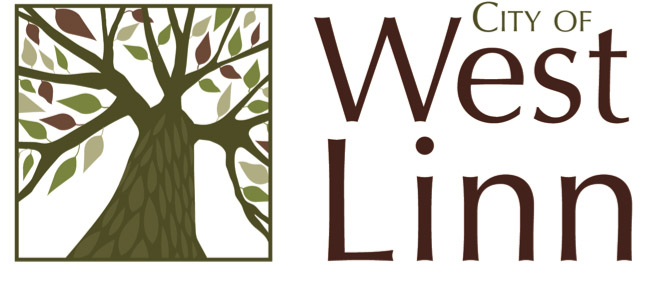Portland’s beloved airport gets a spectacular remodel
Published 1:00 pm Thursday, November 14, 2024

- airport remodeling
Travelers passing through the Main Terminal at Portland International Airport keep looking up at the massive all-wood ceiling. Many stop, drop their luggage and take pictures on their phones of the intricate, sweeping nine-acre design. Some even take stairs up to the new mezzanine level to get more expansive views. The ceiling is completely sourced with 3.5-million board feet of wood harvested within 300 miles of the airport.
Trending
“This beautiful space greets visitors the Oregon way, with sustainable materials, energy efficiency and resilient design. I am confident it will meet the needs of our growing region,” Oregon Gov. Tina Kotek said at the Aug. 12 opening ceremony.
The ceiling was designed by ZGF, an internationally renowned architectural firm that has worked on projects at PDX — as it is officially known — since 1955. Partner Gene Sandoval said it serves multiple, complimentary functions, including showcasing Oregon’s forests and related industries.
“PDXs is the front door of Oregon, and we wanted to create the best sustainable, memorable impression for visitors,” Sandoval told the Portland Tribune.
Trending
The ceiling was assembled as 18 large panels outside the terminal, 14 of which were then moved inside, elevated on lifts, and secured in place on top of 34 steel columns, down from the 700 that supported the original ceiling and roof.
Among other things, the intricate, slatted design allows light from skylights in the roof to filter gently throughout the terminal. It also acts acoustically, absorbing sound and helping make the terminal as quiet as possible. And wood is much lighter and more flexible than steel, which allowed the ceiling to survive the Cascadia Subduction Zone earthquake predicted to eventually strike the region.
“Wood is a historical, natural resource here that is being used innovatively around the world,” Sandoval said.
But even regular visitors might be so distracted by the new ceiling, they do not fully appreciate how much more of the terminal was redone. The $2 billion project nearly doubled the capacity of the terminal. The entire floor plan was opened up and realigned, with the former bank of ticket counters within the front doors giving way to a straight walk past the parallel new counters, all the way back to the new glass-windowed rear wall, which is 200 feet beyond the previous west end of the terminal.
“The remodeling had multiple goals. One was to increase long term capacity. Another was to make it as easy as possible for travelers to move through the terminal and get to where they’re going,” said Vince Granato, the port’s chief projects officer.
Filling the additional space within the terminal are even more all-local stores and eateries than before, including the Loyal Legion central mezzanine restaurant that travelers also visit to get the largest possible pictures of the distracting new ceiling.
A small area on the mezzanine also includes a redesigned version of the 1980’s carpet that became a cult favorite. Most of the new floors are hard tiles, however, that are better for wheelchairs, walkers and luggage with wheels.
And the changes are far from over. The previous Transportation Security Administration gates on both sides of the terminal have been moved further inside. They will be remodeled in the next phase of the terminal project, including adding the final four ceiling panels. The final work is scheduled to be completed by spring 2026.
The Main Terminal remodeling project was 17 years in the making and is only part of a larger expansion plan. The Port of Portland, which operates the airport, understood in 2007 that its facilities could not efficiently accommodate additional future travelers and flights. Updated forecasts predicted passenger volumes could grow from 11 million to just under 27 million per year by 2035. So it launched an ambitious master planning process with the city of Portland, the city of Vancouver and the surrounding community to create an integrated, long-range development plan for PDX.
Called PDX Airport Future, the three-year process convened a 30-member planning advisory group comprised of community, government and business representatives, which met 24 times and held 63 subcommittee meetings. Project staff participated in 131 stakeholder meetings and held 13 public forums to inform the decision-making process. An additional eight stakeholder meetings were held when the Portland Planning Commission considered required amendments to the city’s Comprehensive Plan over the summer of 2010.
According to the Port, sustainability was an overarching goal and integral part of PDX Airport Futures. During the process, sustainability was defined as “meeting the region’s air transportation needs without compromising the livability and quality of life of future generations.”
This focus required a balancing of economic, environmental and social values, called the “Triple Bottom Line,” and is reflected in the overall package adopted by the Portland Planning Commission, the Portland City Council, the Vancouver City Council and the Port of Portland Commission in April 2011. This package includes: a PDX master plan; a city land use plan for PDX; three intergovernmental agreements formalizing PDX Airport Futures commitments, and the advisory group’s final report.
Remodeling the terminal is only part of the master plan. Work also has taken place or is planned on surrounding aviation, cargo, parking and ground transportation facilities in coming years.







